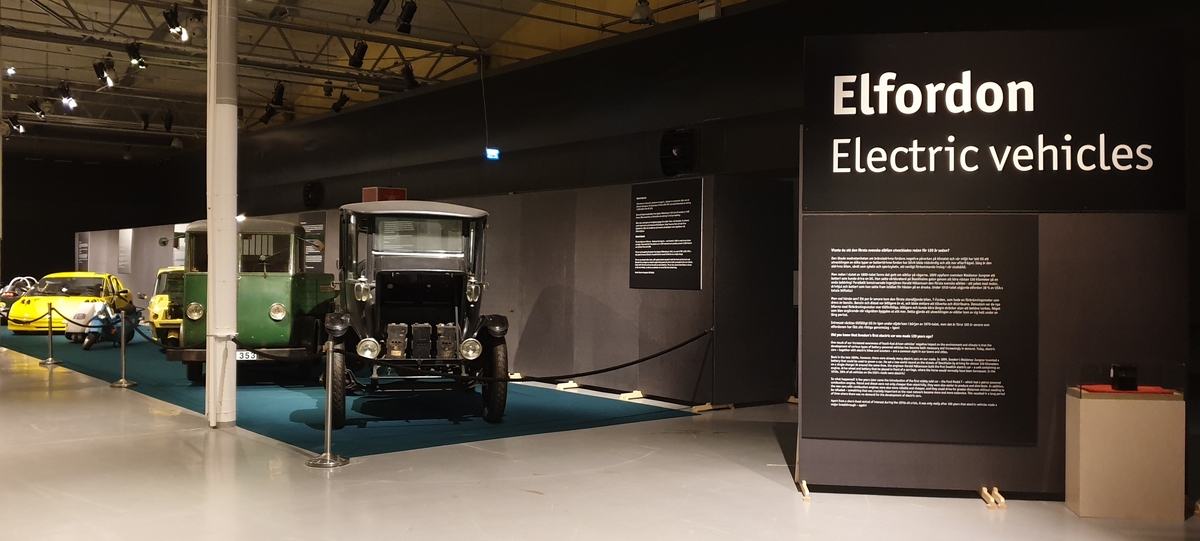
Did you know that the first Swedish electric car was already developed 120 years ago? The increased awareness of fuel-powered vehicles' negative impact on the climate and our envi ...
17 objects
Lastbil
El lastbil, fabrikat ASEA, Typ EBV 10/11, Chassinr 182, årsmodell 1945, Registreringsnummer GDN353. Totalvikt 2600 kg. Hytten har skylt märkt "AB Hägglund & Söner, Örnsköldsvik". B ...
Bil, elektrisk
Elbil med plats för fyra, de två främre platserna har vridbara stolar. Karossutförandet kallades Brougham. Styrning sker med spak och hastighetsreglage finns vid både fram- och bak ...
Bil, elektrisk
Elbil för fyra resande med två fällbara säten under frontrutan. Karossutförandet kallades Brougham. Styrning och reglage (controller) vid baksätet, batterier under huvarna fram och ...
Elbil
Elbil av plast och metall. Glasfiberarmerad laminerad plastkaross i Televerksorange. 48 volt för framdrivning, 24 volt manöversystem. Batterierna förvaras i en utbytbar kassett som ...
Elhybridbil
Tvåsitsig elhybridbil, seriehybrid som drivs med elmotorer, byggd i fem exemplar. Batteriet är placerat bakom stolarna och laddning sker med en bensinmotordriven generator som sitt ...
Cykel
En trehjulig elektrisk moped konstruerad av Clive Sinclair. Hoover tvättmaskinsmotor driver bakhjulen. Batteri av typ mc- startbatteri. Kaross av gråvit plast. Motor 12 volt, 259 ...
Moped, batteridriven
Silentia Electric är en elmotordriven scooter som lanserades 1988. Den självbärande karossen är gjord av helsvetsad stålplåt och scootern är utrustad med en hydraulisk skivbroms på ...
Already at the end of the 19th century, there were plenty of electric cars on the roads. In 1899, the Swede Waldemar Jungner invented a battery that could power a car. He set a world record on the streets of Stockholm by driving almost 150 kilometers on a single charge! In parallel, the engineer Harald Håkansson designed the first Swedish electric car - a package with engine, drive wheel and battery that he put before the cart, instead of a horse. During the 1910s, electric vehicles made up 38% of the total US car fleet!
But what happened then? A couple of years later came the first big-selling car, the Ford Model T, which had an internal combustion engine that ran on gasoline. Gasoline and diesel were cheaper than electricity, and both easier to manufacture and distribute. In addition, the new internal combustion engine cars were more reliable, cheaper and could drive longer distances without needing to refuel. These factors became decisive when the road networks were expanded. This caused the development of electric cars to come to a standstill for a long period.
Interest was temporarily revived during the oil crisis in the early 1970s, but it took 100 years before electric vehicles made their real impact - again!




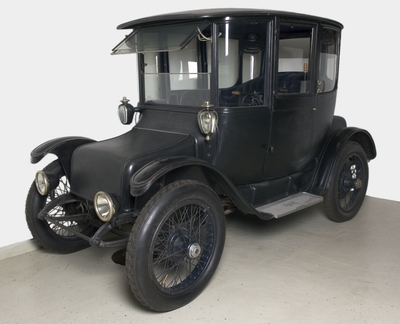

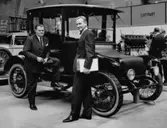





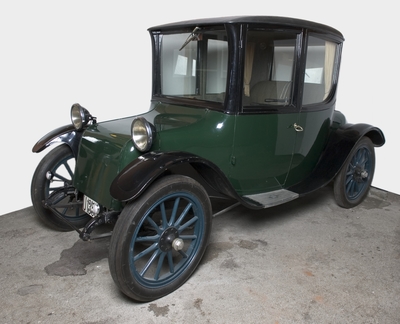


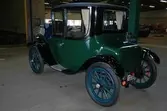
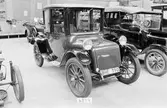
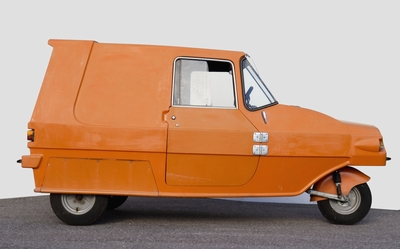

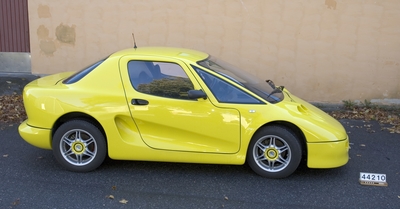
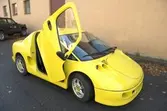
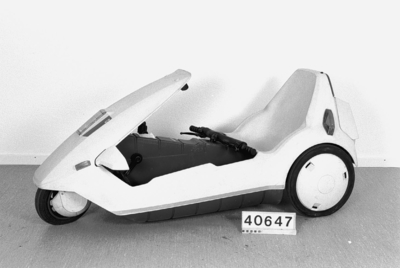
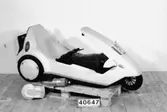


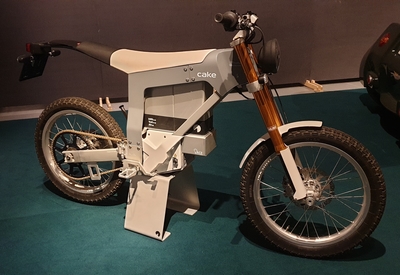
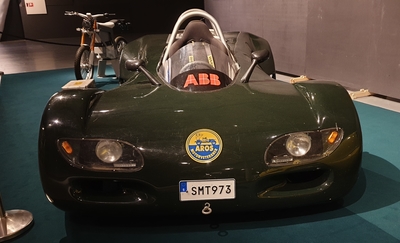
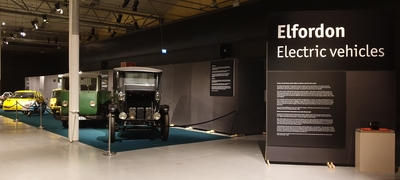
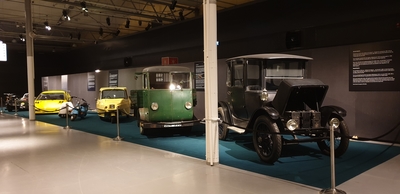


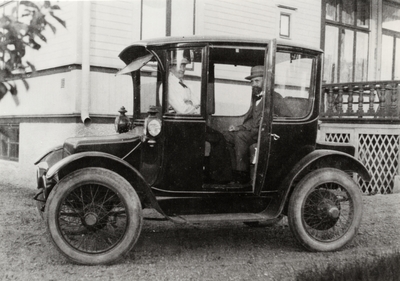
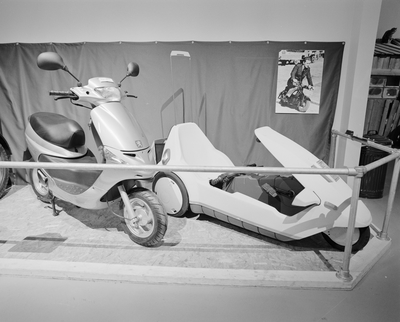
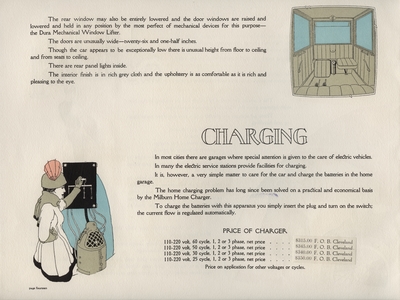
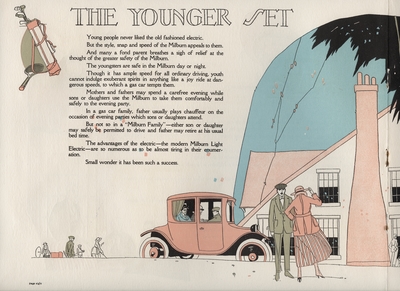
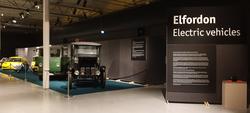
Add a comment or suggest edits
To publish a public comment on the object, select «Leave a comment». To send an inquiry directly to the museum, select «Send an inquiry».